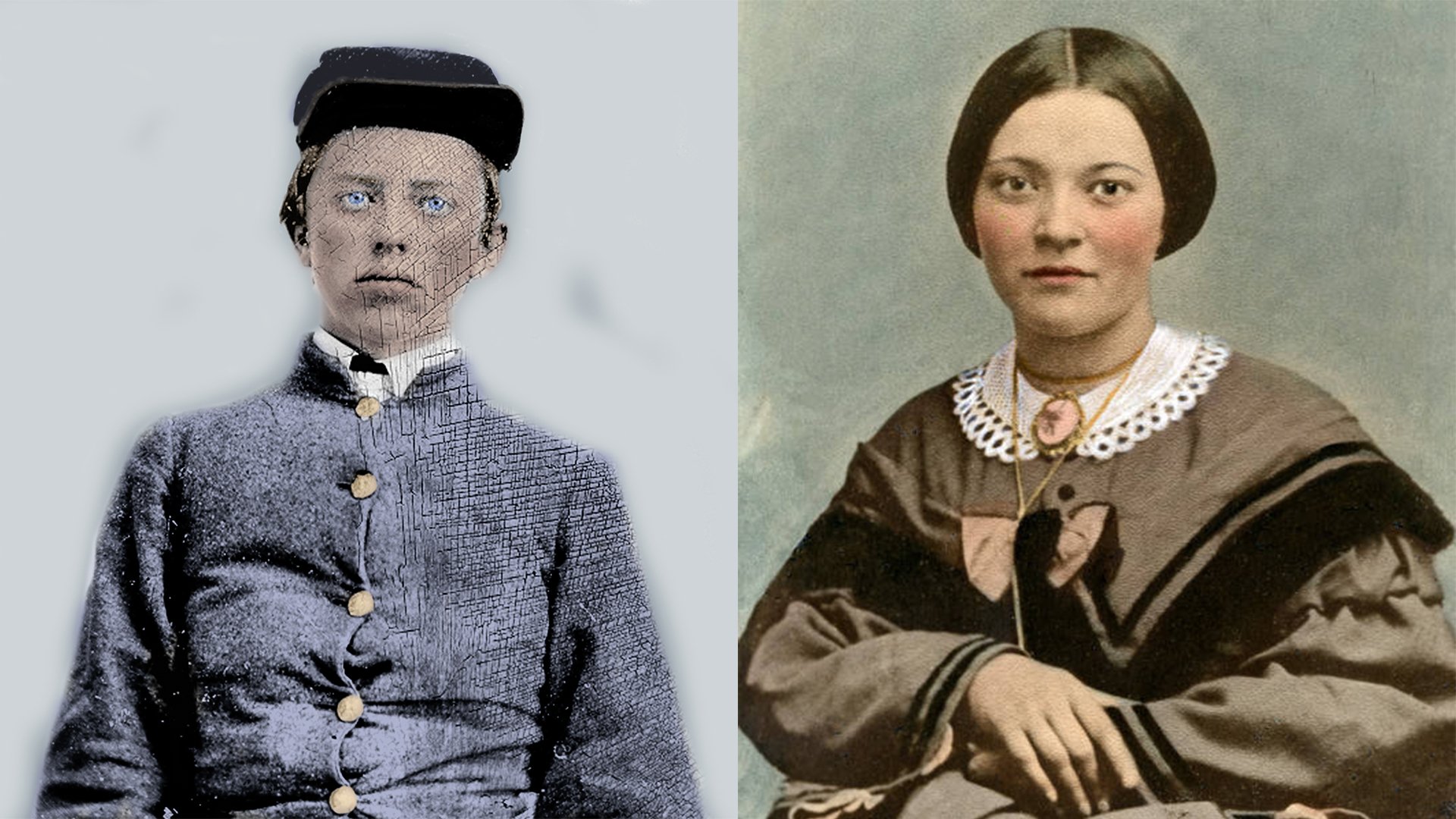
People
Learn about the Civil War in the Valley from the stories of the men, women, soldiers, and civilians that lived through it
Mary Greenhow Lee
Winchester Resident
September 9, 1819 — May 25, 1907
Mary Greenhow was born in 1819 in Richmond, Virginia. She married Winchester attorney Hugh Holmes Lee in 1843, but his death before the war left her a widow. She resided on North Cameron Street in a house near the intersection of today’s Cameron and Piccadilly Streets.
Among Winchester’s “devil diarists,” Mary Lee was perhaps the most vehement in her strong convictions to the Confederate cause. Aside from letting the Union occupiers know her contempt for them, Mary Lee spent her time gathering supplies for Confederate troops. In February 1865, General Philip H. Sheridan exiled her from Winchester. She confronted Sheridan, but he wanted no words with her. Ultimately, Mary Lee resettled and lived out her final years in Baltimore, Maryland. She died in 1907 and was buried in the Mount Hebron Cemetery.
While Mary Lee contributed all she could to the cause of Confederate independence, she also made a lasting contribution to history. In March 1862, she began to record the events in occupied Winchester. Initially, Lee intended to keep the journal for Jeannie Mason, daughter of James Mason, a former United States Senator and author of the Fugitive Slave Law. During the war, James Mason and his family left Winchester for Richmond, where he served as a Confederate diplomat. It was Mary Lee’s hope to give Jeannie Mason the journal after the war. Mary Lee’s diary is probably the most-often quoted primary source for historians studying wartime experiences of civilians in occupied Winchester. The original diary can be seen at the Stewart Bell, Jr. Archives Room of Handley Regional Library.

